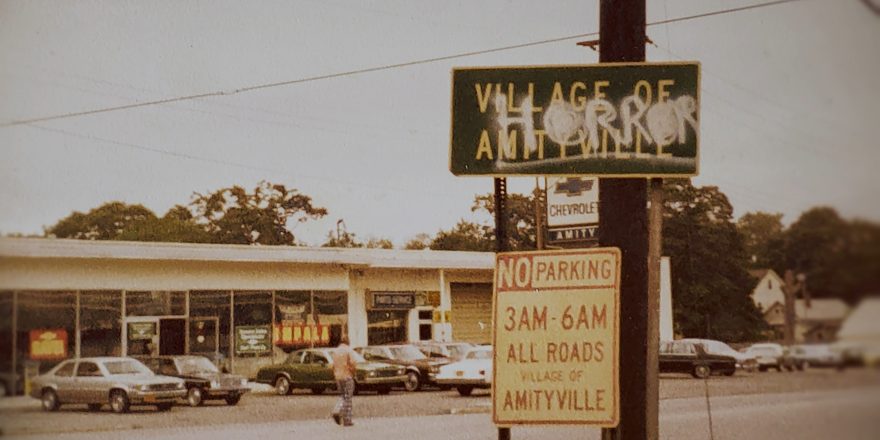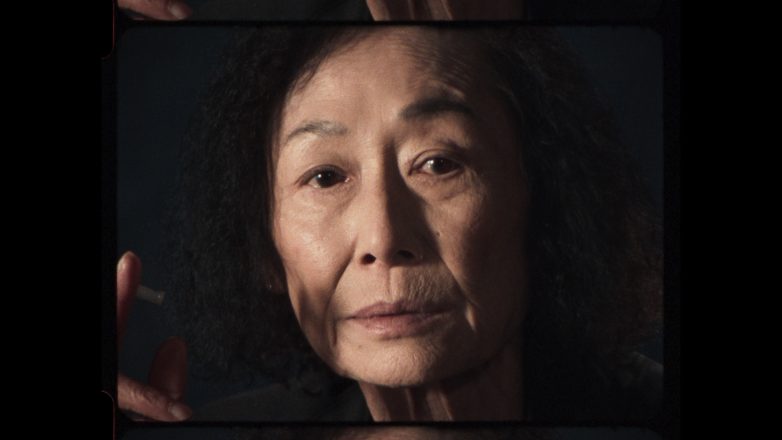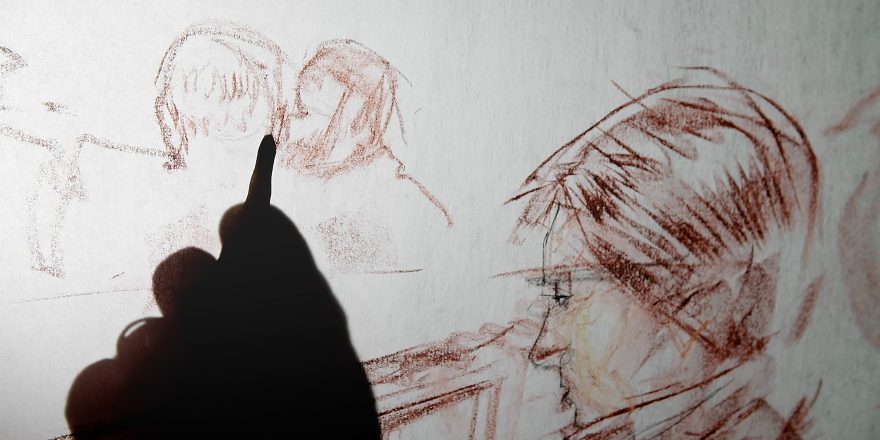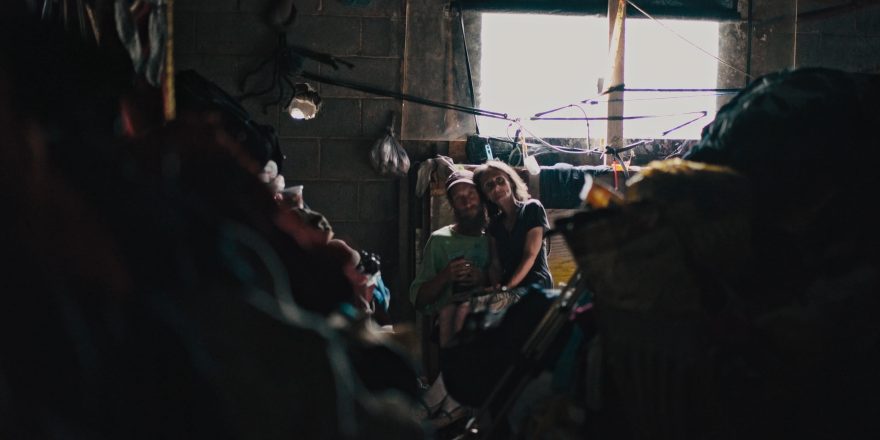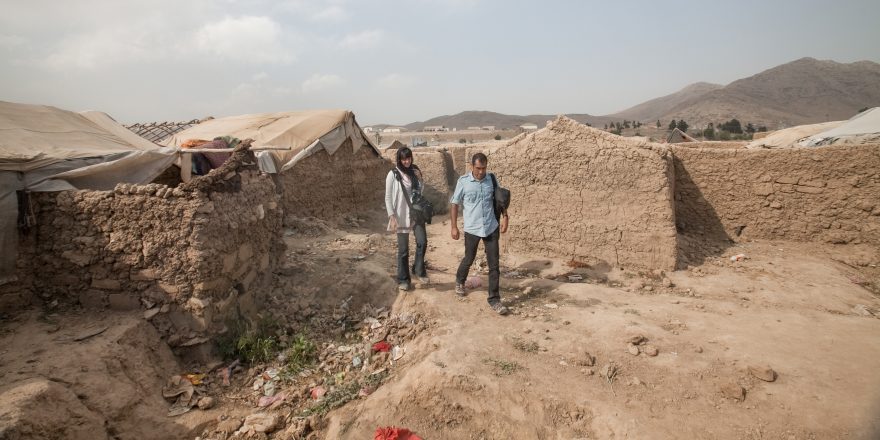At the beginning of last year, my associations with The Amityville Horror were pretty standard – quarter-round windows, ’70s kitsch, Ryan Reynolds. As a franchise, Amityville has been a cultural punchline for a while, famously spoofed on The Simpsons and wrung out in every direction in a loose constellation of more than 40 sequels, spin-offs and remakes. It didn’t really register that the original 1979 film was supposedly “based on a true story,” let alone drew on the real-life mass murder of a Long Island family.
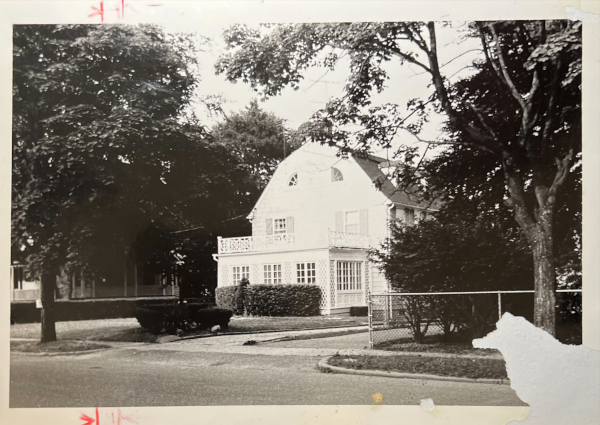
But as I started doing research for a new documentary series, Amityville: An Origin Story, I quickly realized that the dark energy which animates one of the most famous haunted house stories ever was rooted in a heinously violent crime; Ronnie DeFeo Jr. was convicted of killing his parents, two sisters and two brothers with a hunting rifle in 1974, just a year before the Lutz family claimed to experience paranormal activity in the same house. There were some strange circumstances to the DeFeo murders – how and where the victims were found, why none of the neighbors heard gunshots, and the family’s deep connections to the Mafia – but the most elusive aspect was motive. Why would someone murder their entire family?
The question of how we try to understand traumatic events and the darkness in human nature has always fascinated me. When I was seven or eight years old, I remember having a playdate with a kid I didn’t know well. We were off in the woods, messing around with a Swiss Army knife, when we caught a frog. And then the boy suggested we cut off its legs. The encounter stuck with me. Not necessarily because he was a sociopath – a lot of kids experiment with sadism and cruelty – but because it was one of those early moments that revealed what we as humans are capable of.
When I interviewed the cultural critic Jonathan Greenaway, he spoke about how spaces that have seen great violence and suffering make us want to believe they should be haunted, because then maybe all of that pain won’t be forgotten. And whether that means a place visited by a ghost in the paranormal sense, or the mental torment caused by the memory or knowledge of a traumatic event, that statement resonated with me, especially in the context of home.

One day before the start of my junior year of college, the September 11 attacks happened. I grew up about a mile north of the World Trade Center, and my mother heard the first plane fly over our building. The attack impacted me in a very personal way, and I was struck by the detached reactions of certain people and institutions, those who chose to put their heads down and plough on. My university just went ahead with the regularly scheduled first day of classes, which I found deeply disturbing; in response, I photocopied a postcard of the Twin Towers and went around campus putting it up in public places. To my surprise, one central spot became a makeshift memorial, where people spontaneously left flowers and candles. A few weeks later, right around the time I turned 20, I went back to New York to visit my family and walked the mile south through dark, deserted streets to the pit. I circled the perimeter and wept.
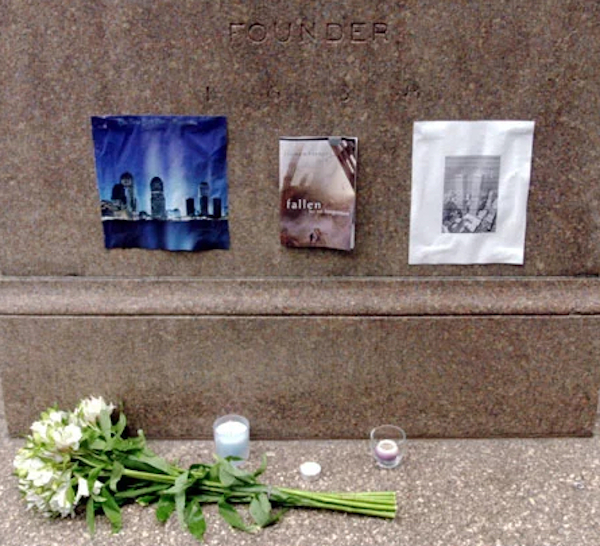
Around this time, I found my way to an obscure set of texts and woodblock prints from the Middle Ages called the Ars Moriendi or The Art of Dying. They outlined a practice developed in the aftermath of the Black Death, the most lethal pandemic ever recorded in human history, which wiped out somewhere between 30 and 60 percent of the European population. The Ars Moriendi taught that the moment of your death was a good thing – the closest to God you could ever get – and you should prepare for that moment with certain practices in order to achieve a “good death.”
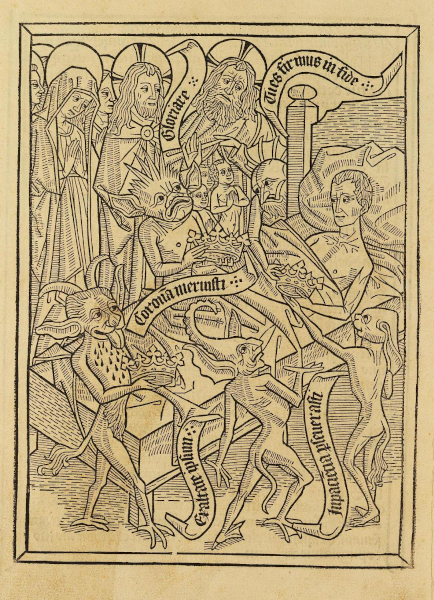
I can’t remember what led me to researching this topic, but looking back on it, maybe I was trying to subconsciously work out something about the motivations of the 9/11 attackers, to reckon with their headspace. But it also made me see something about the incredible resilience and adaptability of humanity. Out of a period of immense suffering – during which there were well over 100 million deaths – came a kind of coping mechanism to try to deal with that horror. To give meaning to something so disturbing.
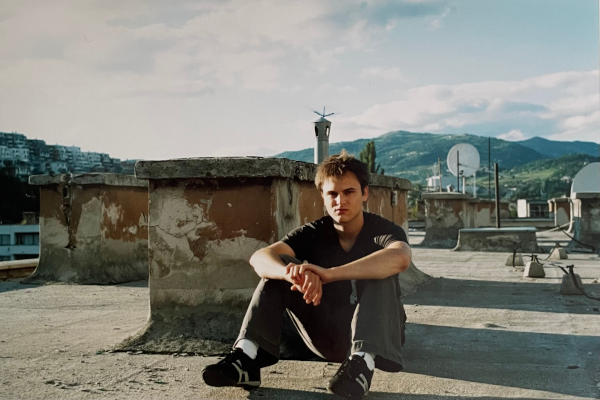
After graduating from college, I moved to Sarajevo on an arts fellowship. Bosnia had been a historically integrated and multiethnic region, but the war in the mid 1990s ripped apart the country’s social fabric, with neighbors killing neighbors. When I arrived, nine years had passed since the end of the armed conflict and it felt like the entire country was suffering from PTSD. I befriended a group of international journalists and got recruited to take photos for a story about a newly discovered mass grave site. We drove east through the mountains on a spring day and when we arrived, a light rain was falling. Some local officials led us down a muddy path to an area cordoned off with police tape. A pop-up tent partially covered a shallow excavation pit, where workers carefully exhumed the remains of Muslim men and boys from the surrounding area who had been murdered in a wartime massacre. I remember standing at the edge of that patch of dirt near the bright green hillside and thinking how small and nondescript it looked. You could easily walk by and have no idea about the depth of pain it held.
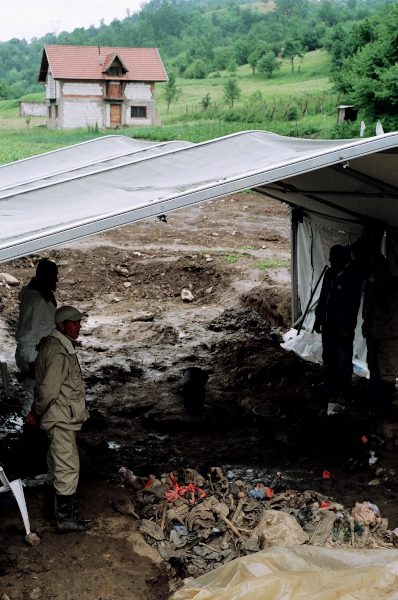
At its core, the haunted house story takes what should be a place of utmost safety and security, and transforms it into a place of pain and fear. Many friends and neighbors of the DeFeo family saw the haunted house tale told by the Lutzes as a hoax, an exploitation of tragedy for fame and fortune. But the real story is more complex. As a cultural phenomenon, Amityville touched a nerve in the late ’70s that went beyond horror genre kitsch. It was a media sensation borne out of the dark undercurrents of that decade: the loss of faith in institutions, the widespread embrace of conspiracy theory and the mainstreaming of occult practice. On a personal level, growing up within that story also led to trauma for the Lutz children.
How we process traumatic events can help reveal our capacity for resilience. And I think looking into that darkness inside all of us is part of what allows us to come out the other side.



